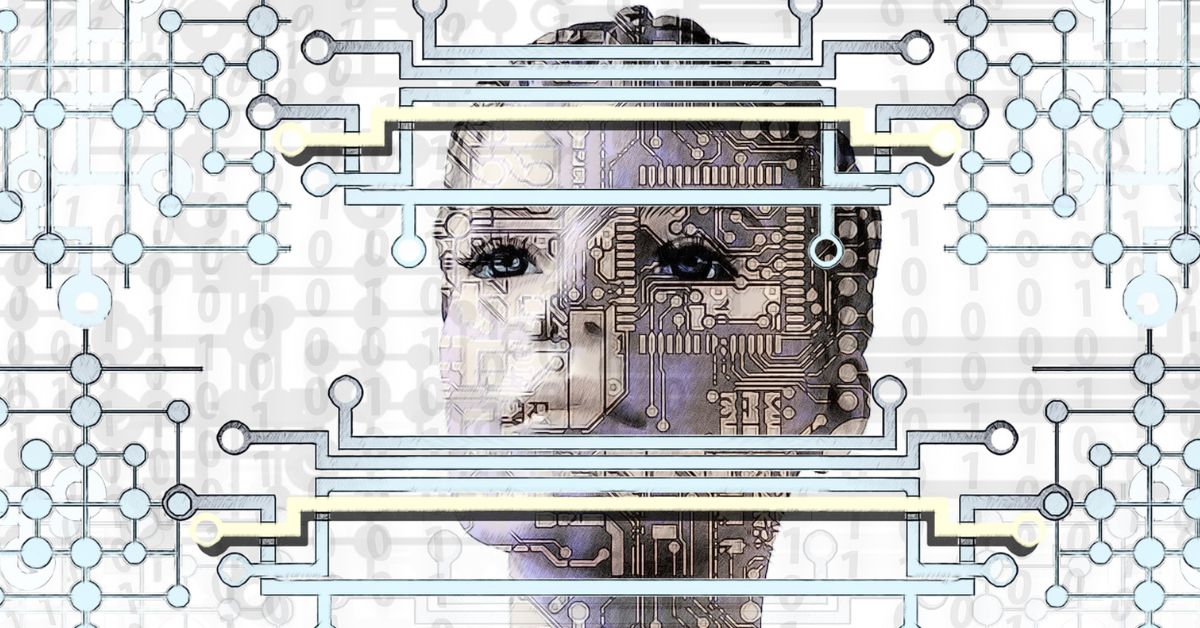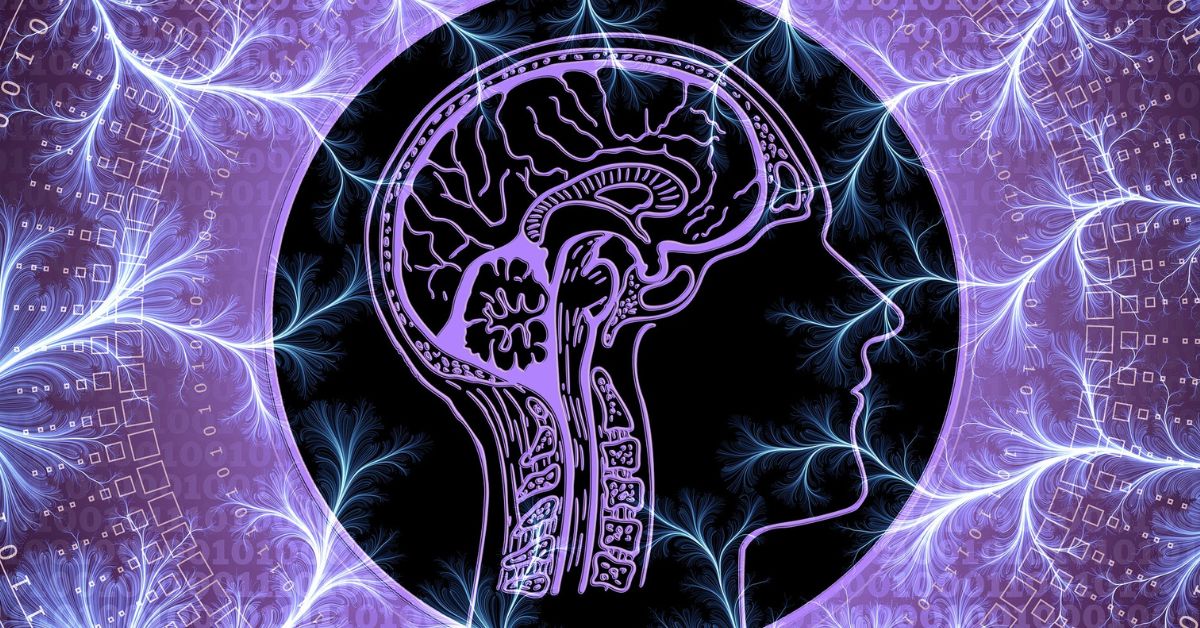Introduction
In a world driven by technological advancements and a relentless pursuit of personal betterment, a movement known as biohacking has emerged as a beacon of hope for those seeking to optimize their physical and mental capabilities. Biohacking, a term coined from “biology” and “hacking,” refers to the practice of using science, technology, and self-experimentation to enhance one’s physical and cognitive performance. In this article, we’ll delve into the fascinating world of biohacking, exploring its origins, methods, ethical considerations, and potential implications for the future of humanity.
The Origins of Biohacking
The concept of biohacking has been around for decades, but it gained significant attention in the early 21st century as technology and scientific understanding of the human body advanced. One of the pioneers of biohacking is Dave Asprey, the founder of Bulletproof, a brand known for its coffee enriched with healthy fats. Asprey’s journey to self-optimization led to the development of the Bulletproof Diet and the promotion of practices like intermittent fasting and smart supplementation.
Another influential figure in the world of biohacking is Ben Greenfield, a renowned fitness expert and author who has explored various methods of improving human performance through nutrition, fitness, and lifestyle modifications. These early adopters paved the way for a broader biohacking movement that includes not only diet and exercise but also cutting-edge technologies and unconventional approaches to health and well-being.
Methods of Biohacking
Biohacking encompasses a wide range of methods and techniques aimed at improving various aspects of human life. Here are some of the most common approaches:
Nutritional Optimization:
Diet plays a pivotal role in biohacking. Followers often experiment with different diets, such as ketogenic, paleo, or vegan, to find what works best for their bodies. They may also incorporate fasting, specialized supplements, and superfoods into their routines to enhance overall health.
Fitness Enhancement:
Biohackers use exercise to optimize their physical performance. High-intensity interval training (HIIT), strength training, and unconventional workouts like cryotherapy or hyperbaric oxygen therapy are popular choices.
Sleep Optimization:
Quality sleep is crucial for well-being, and biohackers often track their sleep patterns with devices like wearable fitness trackers. They may also experiment with sleep aids, such as blackout curtains, temperature regulation, and various relaxation techniques.
Cognitive Enhancement:
Nootropics, or “smart drugs,” are substances that some biohackers use to enhance cognitive function, memory, and focus. These include compounds like modafinil, racetams, and natural alternatives like caffeine and ginkgo biloba.
Biofeedback and Wearables:
Biohackers utilize technology and wearables like heart rate monitors, EEG devices, and genetic testing kits to gather data about their bodies. This data helps them make informed decisions about their health and performance.
Bioelectrical Stimulation:
Devices that use electrical or electromagnetic stimulation, such as transcranial direct current stimulation (tDCS) and pulsed electromagnetic field therapy (PEMF), are used to improve mood, focus, and physical recovery.
Ethical Considerations of Biohacking
As biohacking gains popularity, it raises ethical questions and concerns. One primary concern is the potential for abuse or reckless experimentation. Some biohackers may push the boundaries of safety in their pursuit of optimal performance, which could lead to adverse health consequences.
There is also the issue of accessibility. Advanced biohacking methods, such as genetic editing or experimental treatments, may not be available to everyone due to cost or regulatory restrictions. This raises concerns about creating a two-tiered society where only the privileged can access cutting-edge enhancements.
Moreover, the long-term effects of many biohacking practices remain uncertain. While some methods may offer immediate benefits, the consequences of prolonged use or exposure to certain substances are still being studied. Biohackers must balance their quest for self-improvement with a responsible consideration of potential risks.

The Future of Biohacking
The future of biohacking holds great promise and potential challenges. As technology continues to advance, biohackers may gain access to more sophisticated tools and interventions. Here are some key areas where biohacking may shape the future:
Genetic Engineering:
Advances in genetic editing techniques like CRISPR-Cas9 may allow for the modification of genes associated with health, longevity, and performance. However, ethical concerns and regulatory oversight will play a crucial role in determining the responsible use of such technologies.
Brain-Computer Interfaces (BCIs):
BCIs have the potential to revolutionize human cognition and communication. Biohackers could use BCIs to enhance their mental abilities, control devices with their thoughts, or even explore virtual reality experiences directly through their minds.
Anti-Aging and Longevity:
Biohackers are keenly interested in extending human lifespan and maintaining youthful health. Research into senolytics, cellular rejuvenation, and regenerative medicine may provide promising avenues for achieving these goals.
Biohacking Communities:
Online communities and social networks dedicated to biohacking will likely continue to grow, allowing individuals to share knowledge, experiences, and best practices. Collaboration among biohackers could lead to significant breakthroughs.
Conclusion
Biohacking is a multidisciplinary movement that seeks to unlock the full potential of the human body and mind through science, technology, and self-experimentation. While it holds promise for optimizing health, performance, and longevity, it also raises ethical concerns about safety, accessibility, and long-term consequences.
As biohacking continues to evolve, responsible practices and ethical considerations must accompany its growth. The future of biohacking may hold groundbreaking advancements that transform the way we perceive and enhance human capabilities. Ultimately, the path forward will be shaped by a balance between scientific exploration and ethical responsibility, ensuring that biohacking benefits humanity as a whole.
Read This Now – Biosensors for Environmental Monitoring: A BeHope for a Sustainable Future


Leave a comment